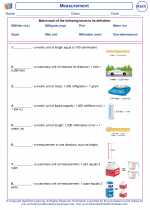Polyhedra
A polyhedron is a three-dimensional figure with flat faces, straight edges, and sharp vertices. The word "polyhedron" comes from the Greek words "poly," meaning "many," and "hedra," meaning "faces." There are different types of polyhedra based on the number and shape of their faces, such as cubes, pyramids, prisms, and more.
Characteristics of Polyhedra
1. Faces: The flat surfaces of a polyhedron.
2. Edges: The line segments where the faces of a polyhedron meet.
3. Vertices: The points where the edges of a polyhedron meet.
Types of Polyhedra
1. Cube: A polyhedron with six square faces, 12 edges, and 8 vertices.
2. Pyramid: A polyhedron with a polygonal base and triangular faces that meet at a common vertex.
3. Prism: A polyhedron with two parallel and congruent faces called bases, and rectangular faces connecting the corresponding sides of the bases.
4. Platonic Solids: A group of five polyhedra (tetrahedron, cube, octahedron, dodecahedron, icosahedron) with identical faces, edges, and angles.
Euler's Formula
Euler's formula states that for any polyhedron, the number of faces (F), edges (E), and vertices (V) are related by the equation: F + V - E = 2. This formula holds true for all convex polyhedra, regardless of their shape or size.
Conclusion
Polyhedra are important geometric figures with various applications in mathematics, engineering, and everyday life. Understanding the characteristics and types of polyhedra can help in solving problems related to spatial reasoning, surface area, volume, and more.
.◂Math Worksheets and Study Guides Third Grade. Measurement
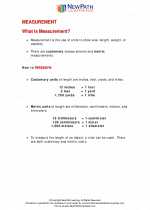
 Activity Lesson
Activity Lesson
 Activity Lesson
Activity Lesson
 Worksheet/Answer key
Worksheet/Answer key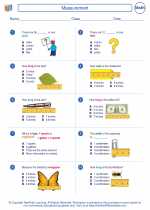
 Worksheet/Answer key
Worksheet/Answer key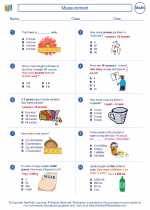
 Worksheet/Answer key
Worksheet/Answer key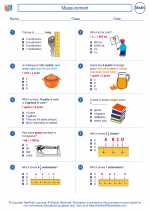
 Worksheet/Answer key
Worksheet/Answer key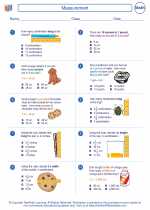
 Worksheet/Answer key
Worksheet/Answer key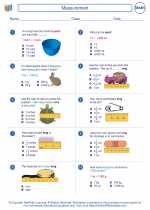
 Worksheet/Answer key
Worksheet/Answer key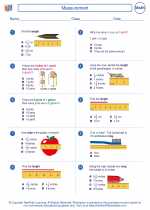
 Worksheet/Answer key
Worksheet/Answer key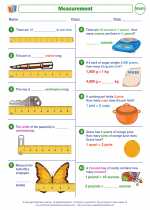
 Worksheet/Answer key
Worksheet/Answer key
 Worksheet/Answer key
Worksheet/Answer key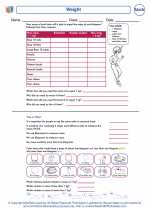
 Worksheet/Answer key
Worksheet/Answer key
 Worksheet/Answer key
Worksheet/Answer key
 Worksheet/Answer key
Worksheet/Answer key
 Worksheet/Answer key
Worksheet/Answer key
 Vocabulary/Answer key
Vocabulary/Answer key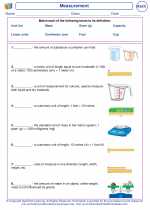
 Vocabulary/Answer key
Vocabulary/Answer key